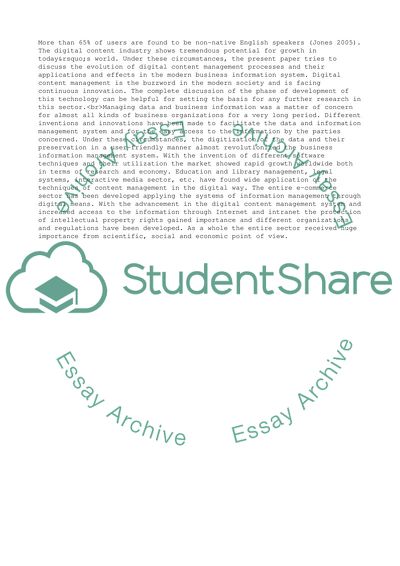Cite this document
(“Digital Content Management: Evolution, Application and Impact Essay”, n.d.)
Retrieved de https://studentshare.org/management/1548179-unsure-yetplease-read-assignment-criteria
Retrieved de https://studentshare.org/management/1548179-unsure-yetplease-read-assignment-criteria
(Digital Content Management: Evolution, Application and Impact Essay)
https://studentshare.org/management/1548179-unsure-yetplease-read-assignment-criteria.
https://studentshare.org/management/1548179-unsure-yetplease-read-assignment-criteria.
“Digital Content Management: Evolution, Application and Impact Essay”, n.d. https://studentshare.org/management/1548179-unsure-yetplease-read-assignment-criteria.


